Daily Maintenance
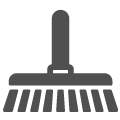
Regularly sweep, dust, damp mop, or vacuum (without beater bar) your floor to remove any particles that could cause abrasions or scratches to your floor.
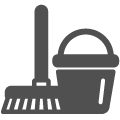
Use a damp mop to remove spots and soil. Use any pH neutral floor cleaner. For lightly soiled areas, clean with distilled water.

When the cleaning cloth/mop becomes soiled, rinse or replace it with a clean one. Following up with a clean, dry cloth will remove residual streak-marks and spots.

Avoid spills of acidic products (juice, soft drinks, wine, etc.) on the floor. Clean spots immediately.

Promptly remove any standing water, pet urine or other liquids.
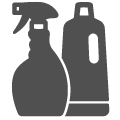
Sweep regularly and occasionally mop with a PH neutral vinyl floor cleaner. No polishing and waxing needed.
What Not to Do
- Do not vacuum with a beater bar or power rotary brush head.
- Do not use any cleaning agents containing wax, oil or polish. Leftover residue will form a dull film.
- Do not use steel wool or scouring pad, as they will scratch the floor.
- Do not use any dust cleaners, as they may cause your floor to become slick or damage the finish.
- Do not use vinegar.
- Do not use any All-Purpose or Multi-Purpose cleaners.
- Do not use wet sweeper pads. Dry sweeper pads can be used.
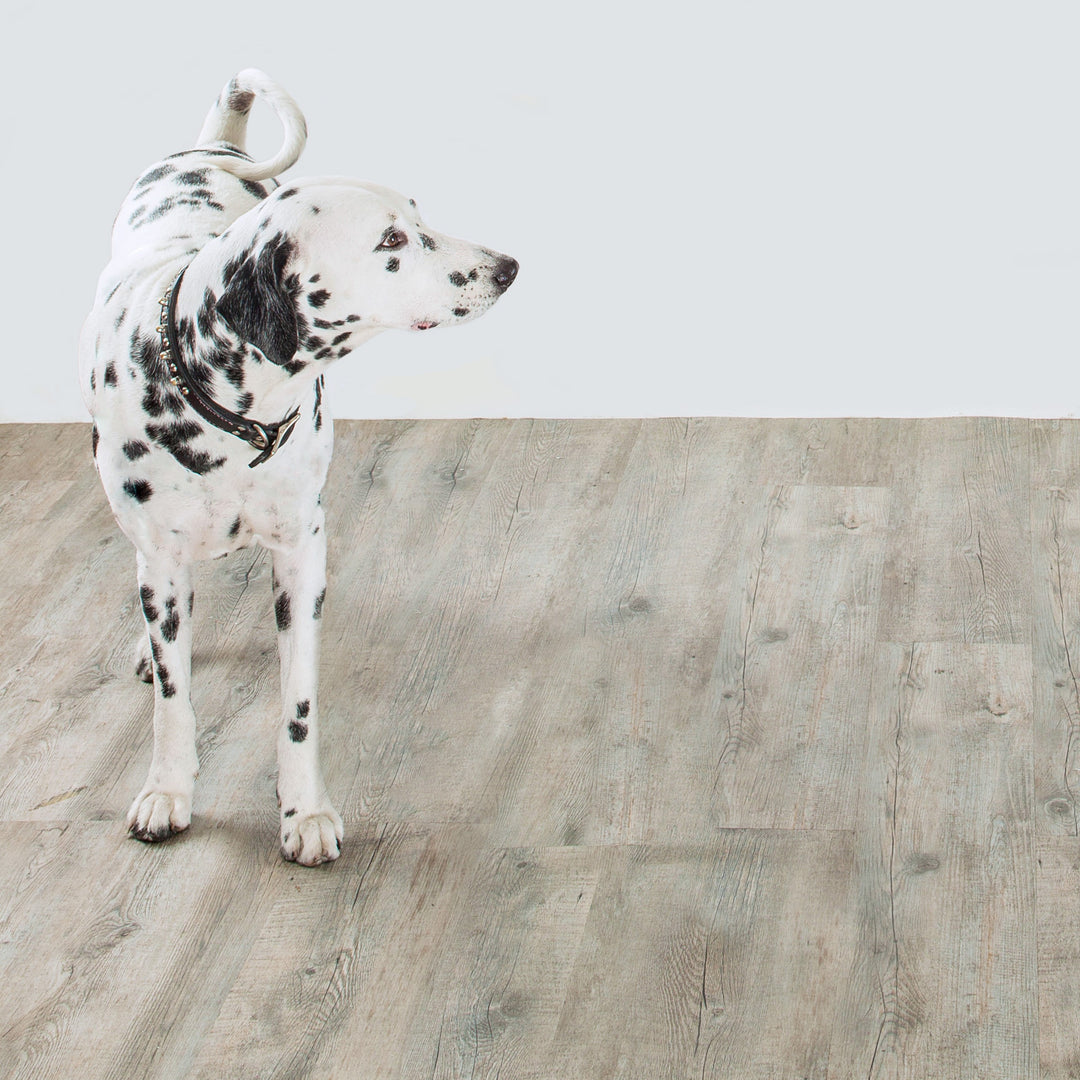
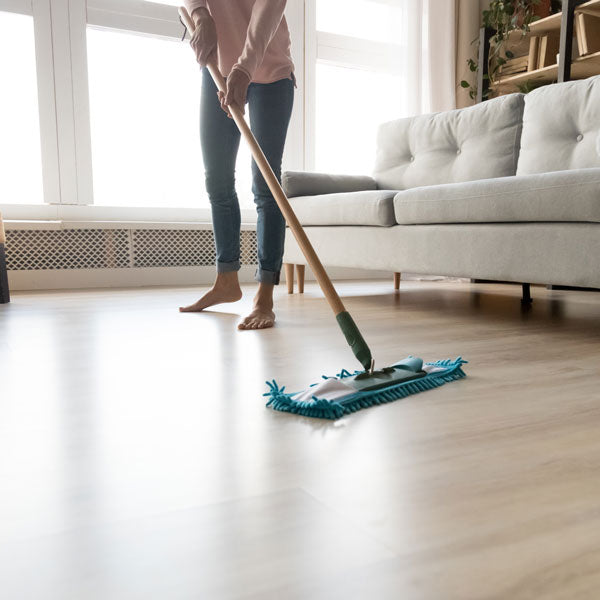
Preventative Maintenance
- Protect your floor when using a dolly to move furniture or appliances. Protective sheets and/or plywood may be needed. Never slide or roll heavy furniture or appliances across the floor.
- Use flat floor protectors (nylon or felt) on all furniture legs. Periodically clean protectors to remove grit that may become embedded and cause scratching.
- Use protective mats beneath rolling chairs and keep furniture casters clean.
- We recommend the use of a hard surface (non-studded), non-rubber chair mat to protect your floor from office chairs with casters. Light, rolling furniture should be outfitted with broad-surface, non-staining casters that have been engineered for hard surface floors.
- Such casters should be a minimum of 1" (2.5cm) wide and at least 2" (5.1cm) in diameter.
- Minimize abrasive material and dirt by placing mats on both sides of exterior doors and by using area rugs in high-traffic areas.
- Use non-rubber backed mats that are labeled “colorfast” by the manufacturer. Rubber and latex-backed mats use a chemical (antioxidant) to keep the backing from becoming brittle; it is this chemical that can permanently stain your floor.
- Keep pets’ nails trimmed.
- Remove shoes with cleats, spikes or exceptionally pointy heels before walking on the floor.






